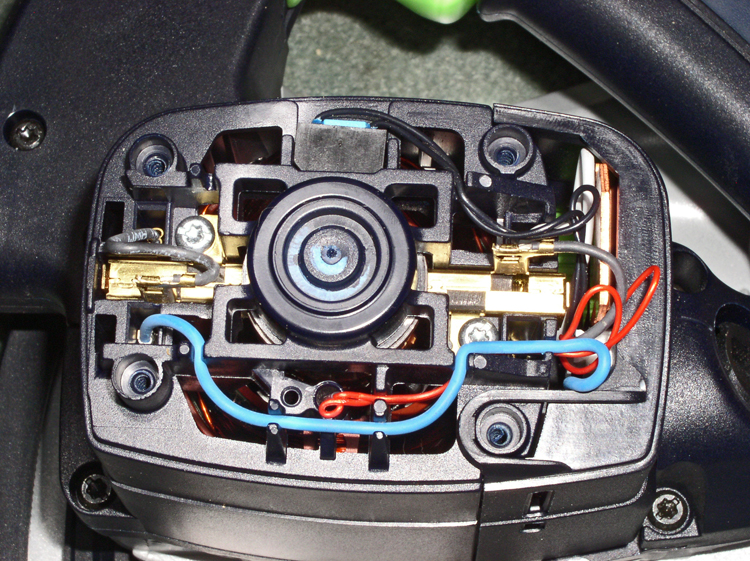I've had my TS55 for almost a year now and I've adjusted to its growling sound at start-up.
Yesterday, I was ripping (with a 28 tooth blade) the bottoms of four 1-3/4" exterior doors which were pretty rain soaked. The saw overheated and twice shut itself down. Never happened to me before so it was very disconcerting. Then today, I was crosscutting some 1x6 fir boards (switched to a 48 tooth blade), and the growing noise occurred WHILE CUTTING and seemed even louder than its usual off-load sound. Cut quality was still good... blade's tight... gimbals are adjusted properly, etc.. SO, is there any way that yesterday's overworking/overheating problem could have caused some new issue? If not, guess I'll chalk it up to my vivid imagination combined with poor "sound memory." Thanks in advance for your thoughts.
Yesterday, I was ripping (with a 28 tooth blade) the bottoms of four 1-3/4" exterior doors which were pretty rain soaked. The saw overheated and twice shut itself down. Never happened to me before so it was very disconcerting. Then today, I was crosscutting some 1x6 fir boards (switched to a 48 tooth blade), and the growing noise occurred WHILE CUTTING and seemed even louder than its usual off-load sound. Cut quality was still good... blade's tight... gimbals are adjusted properly, etc.. SO, is there any way that yesterday's overworking/overheating problem could have caused some new issue? If not, guess I'll chalk it up to my vivid imagination combined with poor "sound memory." Thanks in advance for your thoughts.

